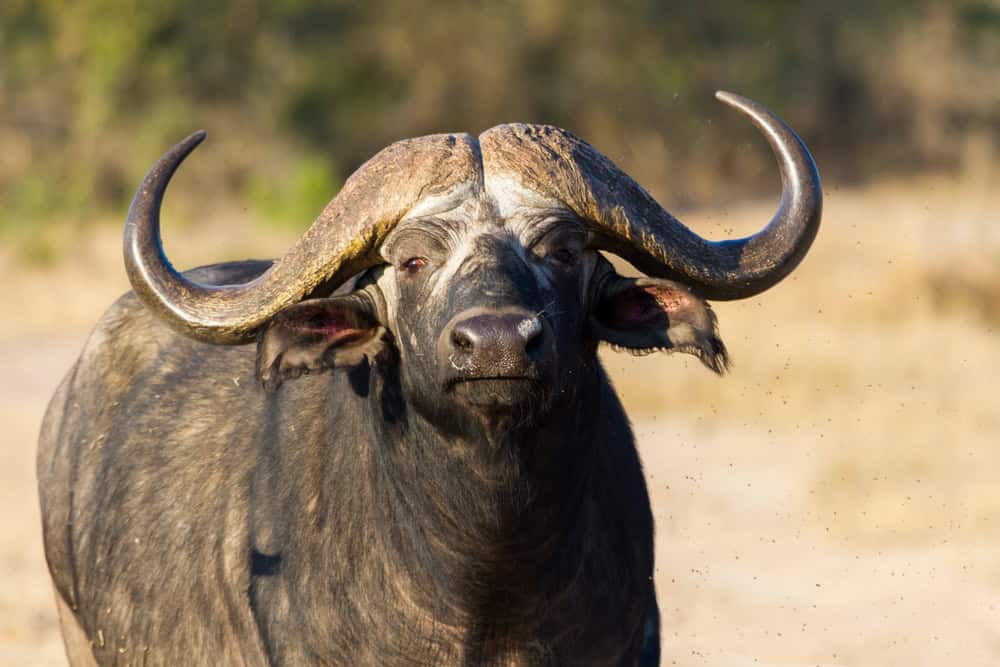Cape buffaloes, also known as African buffaloes, are often referred to as one of the “Big Five” game animals in Africa. They share this status with elephants, lions, leopards, and rhinoceros. While they may look like gentle giants when grazing in the African savanna, do not be deceived by their calm demeanor. Cape buffaloes are considered one of the most dangerous animals on the continent and for good reasons. In this article, we delve into the characteristics and behaviours that make these creatures such formidable opponents in the wild.
Physical Characteristics and Strength
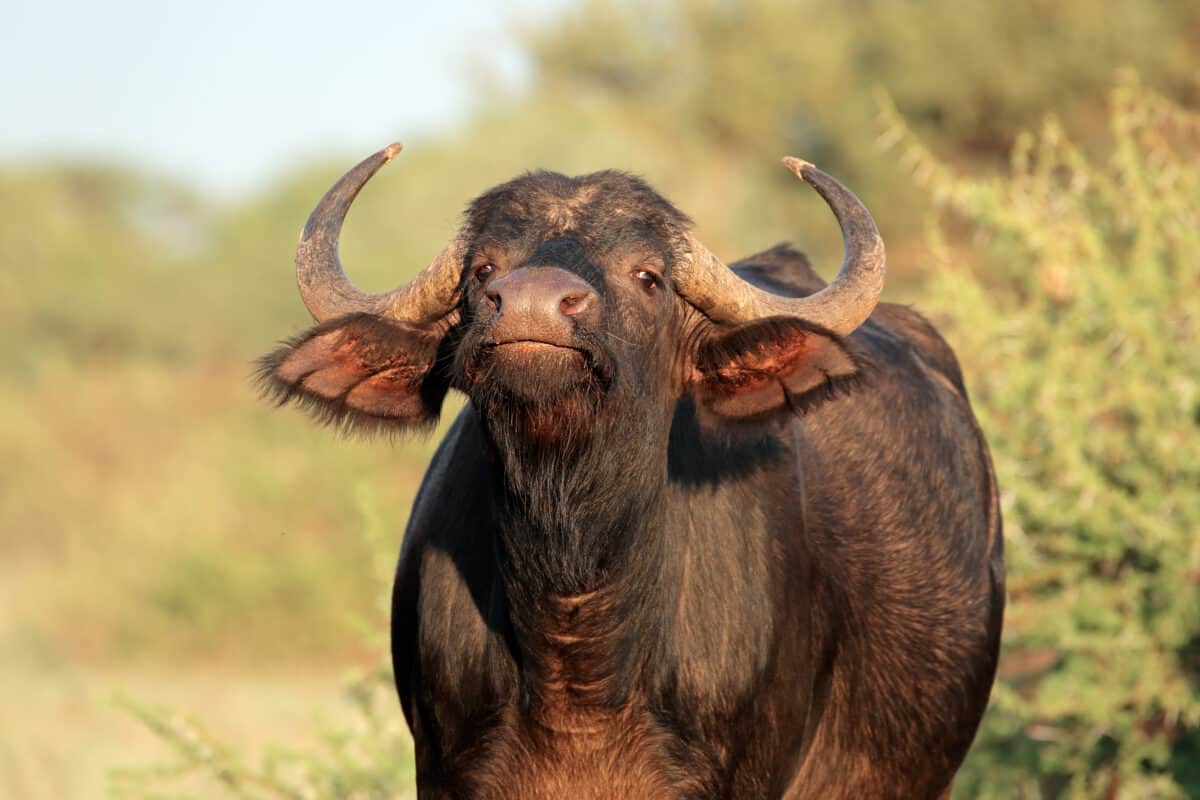
The Cape buffalo, scientifically known as Syncerus caffer, is an imposing presence. Adult males can weigh up to 1,000 kilograms (about 2,200 pounds) and stand 1.7 meters (5.6 feet) tall at the shoulder. Their massive build and thick, muscular necks are complemented by a distinctive set of horns that curve down and then up, forming a “boss” — a shield-like structure that is particularly thick and protective.
These physical attributes contribute to the Cape buffalo’s strength and resilience. Their horns can cause severe injuries, and they are used both defensively against predators and offensively against threats. The Cape buffalo’s strength is a significant factor in their ability to ward off predators and humans alike, earning them a reputation as a force to be reckoned with.
Behavioral Traits That Command Respect
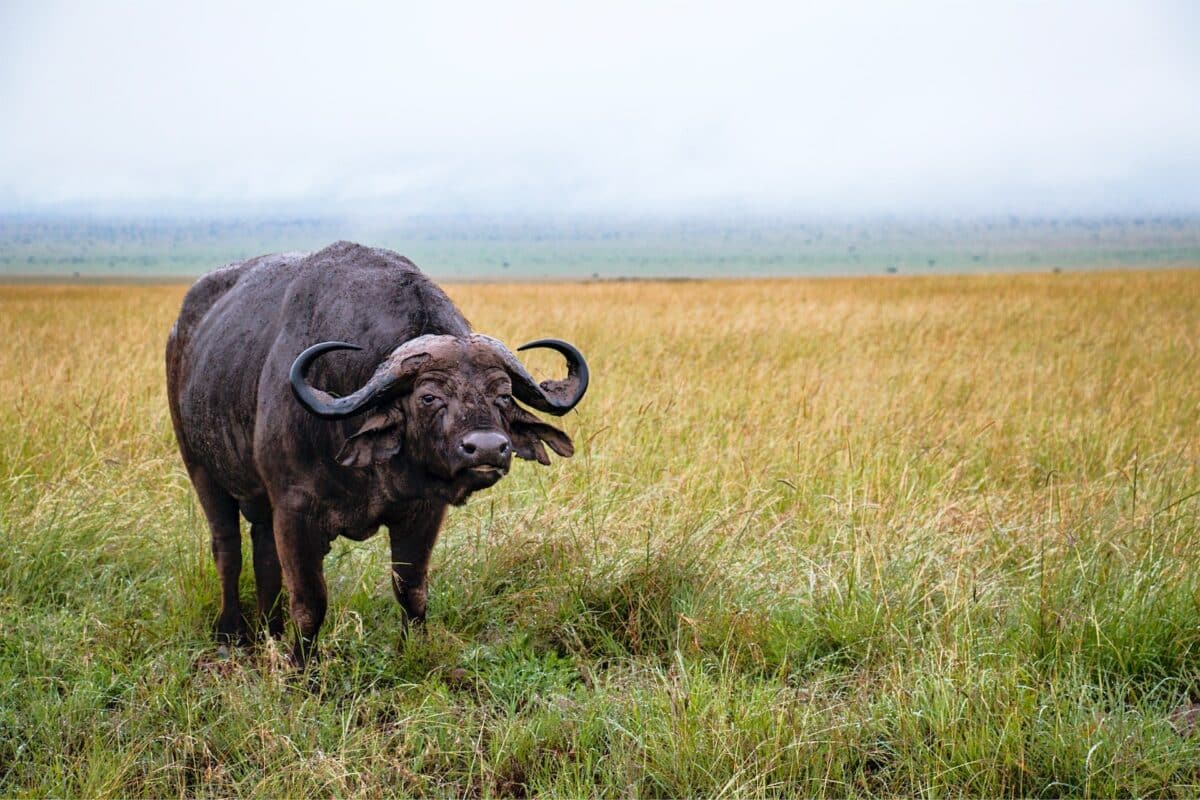
Beyond their impressive strength and size, Cape buffaloes are known for their unpredictable and aggressive behaviour. When threatened or injured, they become highly aggressive and will not hesitate to charge at potential threats with astonishing speed and power. This behavioural trait is particularly evident in older male buffaloes, known as “dagga boys,” who have left the herd and roam alone or in small bachelor groups.
A Cape buffalo’s aggression is not limited to their solitary endeavours. These animals exhibit remarkable herd dynamics and are known for their loyalty and protective nature. They have been observed rescuing other herd members from predators like lions, forming tight defensive circles with vulnerable members, such as calves, in the centre. This collective courage and strategic group defence make attacking buffalo herds a dangerous proposition for predators and humans who wander too near.
Human-Buffalo Conflicts A History
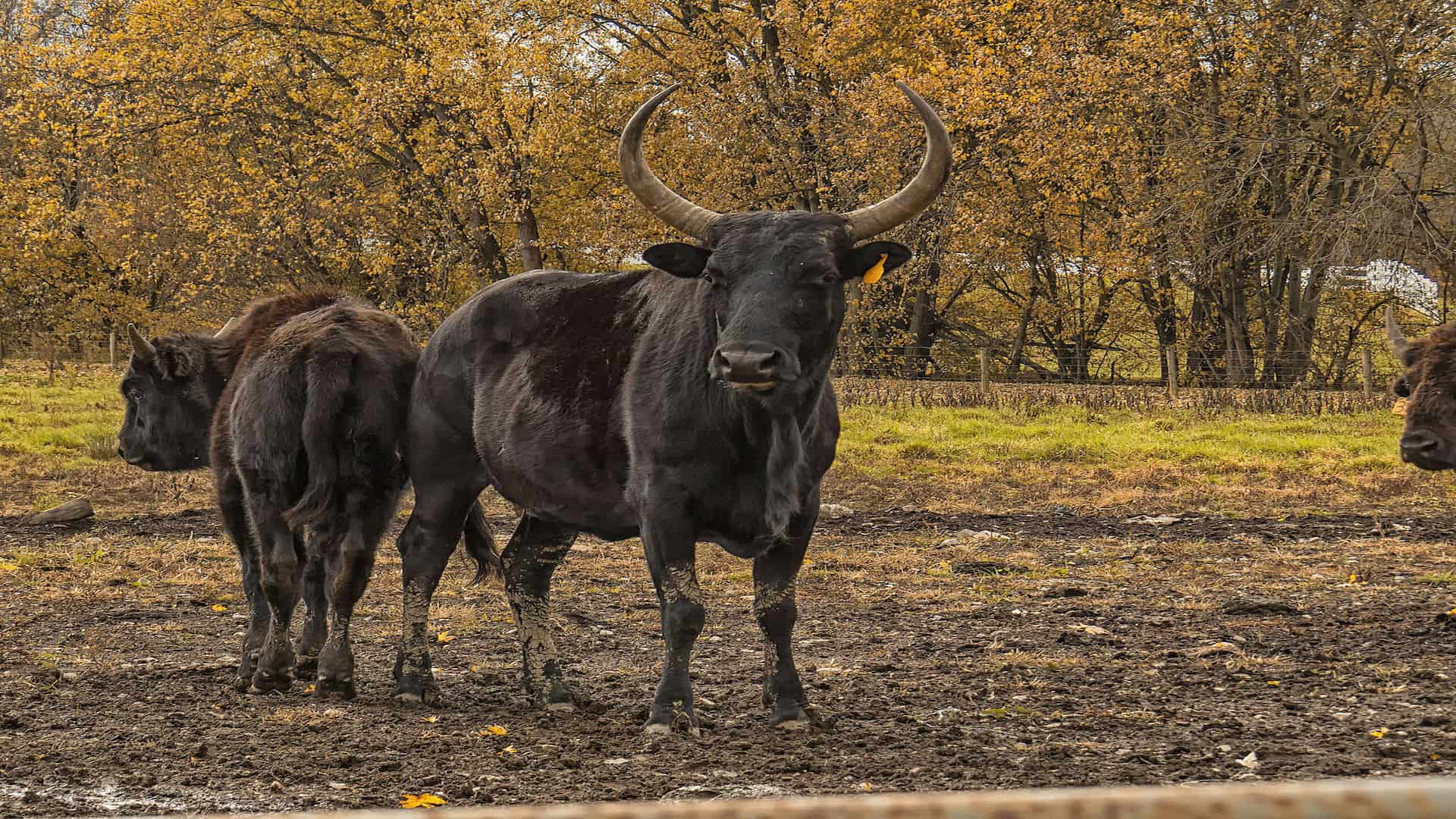
Interactions between Cape buffaloes and humans have often been fraught with danger. Due to their aggressive nature and powerful physique, buffaloes have been responsible for numerous injuries and fatalities over the years. Unfortunately, such conflicts are common in regions where humans and buffalo territories overlap.
Hunters and wildlife enthusiasts are keenly aware of the risks involved when encountering Cape buffaloes in the wild. As a member of the Big Five, they are a sought-after trophy animal, but not without significant peril. The buffalo’s ability to launch a surprise charge and the tenacity with which they defend themselves underscore the importance of respecting these formidable creatures in their natural habitat.
The Ecological Role of Cape Buffalos

Despite their fearsome reputation, Cape buffaloes play a crucial role in the African ecosystem. As grazers, they help maintain savanna landscapes, influence plant communities, and support biodiversity. Their presence affects both higher and lower trophic levels, from the grasses they consume to the predators that hunt them.
Their role as ecosystem engineers is vital. They contribute to nutrient cycling through their dung, which acts as fertilizer and supports a wide variety of life forms. Through their grazing habits, they also prevent the overgrowth of bushes and promote the growth of grasslands, which benefits other herbivores and the overall health of the savanna environment.
Conclusion: A Force to Admire and Respect
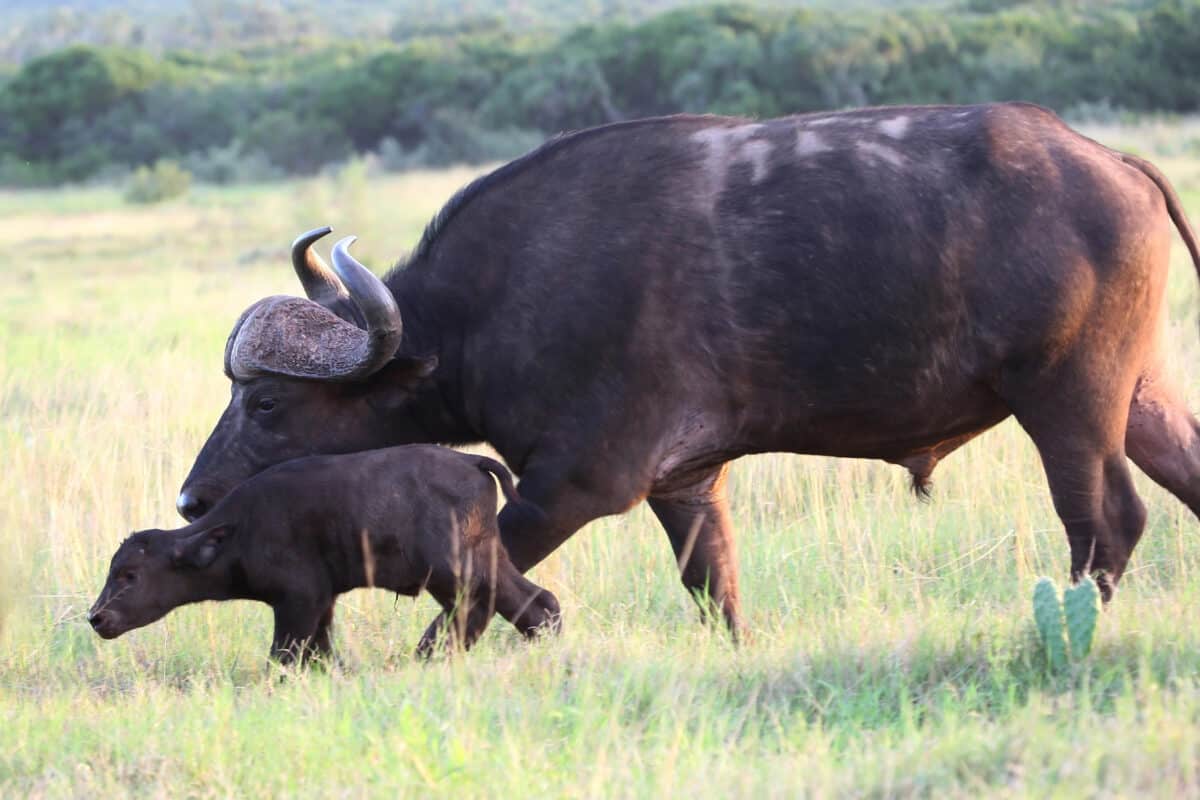
While Cape buffaloes are undeniably one of the most dangerous animals, earning them a place among Africa’s Big Fie, they are also a symbol of strength, resilience, and community. Their impressive physical attributes, combined with their social behaviours and ecological importance, highlight why they command such respect in the animal kingdom.
Whether you view Cape buffaloes as a thrilling encounter in the wild or a subject of scientific interest, it’s clear that their role in both the natural world and human culture is one of power and admiration. Understanding the multifaceted nature of these magnificent creatures allows us to appreciate the delicate balance of the ecosystems they inhabit and the need for their conservation.
- 10 Animals That Risked Their Lives to Save Humans - August 9, 2025
- 14 Reasons Why Bears Are Afraid of Humans (Most of the Time) - August 9, 2025
- 11 Frogs That Look Too Weird to Be Real - August 9, 2025

